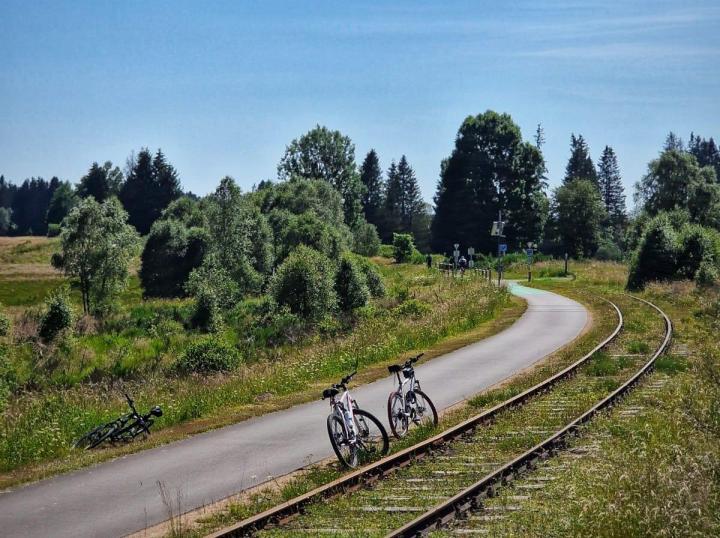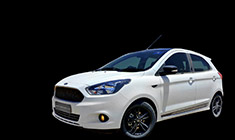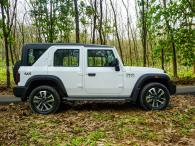News
196 km Cycling Trip through the Ardennes forest (Germany and Belgium)
The Vennbahnweg is a 125 km cycling track that starts in Aachen and ends in the small country of Luxembourg.
BHPian sauravpat recently shared this with other enthusiasts.
First 100 km ride of my life!

Introduction:
Since I moved to Aachen, Germany a year ago to pursue my Master's degree, I have rediscovered the joy of cycling. I usually go everywhere by bike in this small university town on the western border of Germany. After doing multiple 20-50 km rides over the year, my friends & I finally decided to try out the most famous cycling route in this region of the country.

History:
The Vennbahnweg is a 125 km cycling track that starts in Aachen and ends in the small country of Luxembourg. This whole route is actually a decommissioned railway track next to which a single-lane road has been built exclusively for cycling. Thanks to it being an old railway track, the maximum gradient on this entire route is only 2%. This means you can ride a non-electric bicycle quite comfortably
The route passes almost entirely through the Ardennes forest starting with the Eifel national park in Germany. Only 10-15% of the route is alongside automobile roads. This means there is no road noise and no interaction with cars, buses, and lorries. Not once do you have to ride on a normal road for the entire route. Instead, you can focus on enjoying riding on the spotless road without having to watch out for other traffic apart from fellow cyclists.
The heyday of the railway line was from the 1880s to the 1920s when it connected the coal fields of Aachen to the smelters of Luxembourg.
The track was built in the 1990s after the railway line was deemed too slow for modern trains and the route was handed over to local authorities for the construction of a Belgium-Germany frontier route.
https://www.vennbahn.eu/en/about-the-project/

Our Plan:
We were 4 friends who would be riding 100 km one way up to the Belgian village on Sankt Vith, spend a night there, and then make our way back the next day on the same route.
Our Bikes:
Being students, we did not have the best cycles for the job. Instead of purpose-built road bikes, we all had our pre-owned 26 or 27.5-inch MTB - Hybrid cycles we bought for 50-100 Euros.
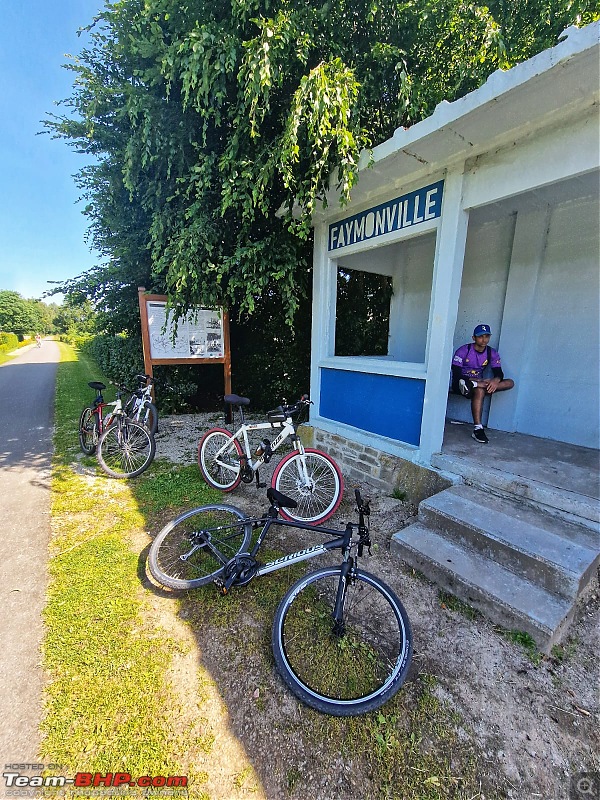
It just meant we would be getting even more exercise. A blessing in disguise perhaps?
Other Provisions:
We all carried very light backpacks since the route crosses a small town every 20 kms or so where you can buy whatever is needed.
Of course, we carried some puncture repair kits, spare tubes, cycle multi-tools, and an air pump. Thankfully, we crossed the approx 200 kms without having to use any of these.
The weather:
Definitely, the hardest part about the trip was hoping that the weather gods played ball, and I am delighted to say they did. Across the two days, apart from 2-3 hours of light rain, the weather was enjoyable with temperatures around 25°C
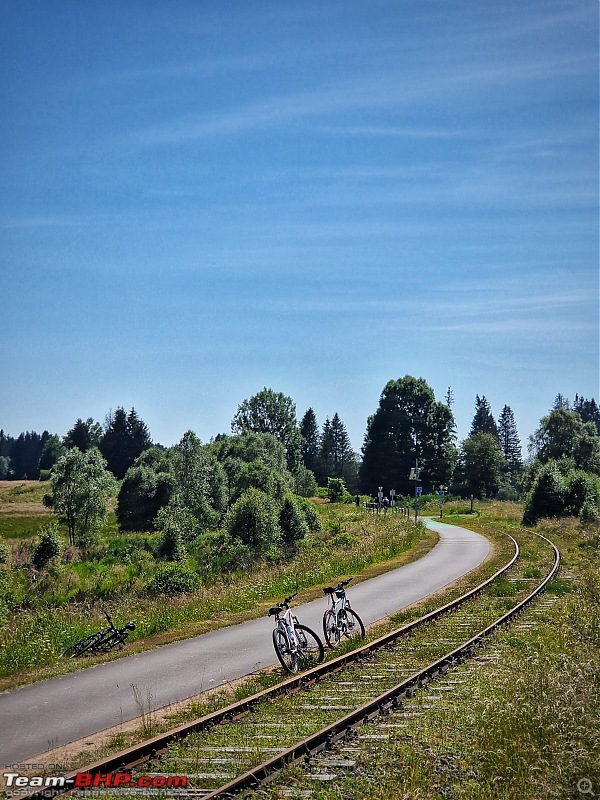
Riding Experience:
None of us was a regular long-distance cyclist and we were nervous about how we would fare over such a long distance My longest ride prior to this was 70 kms in a day which was more than the other three. However, we all play football regularly and are decently fit with age on our side.
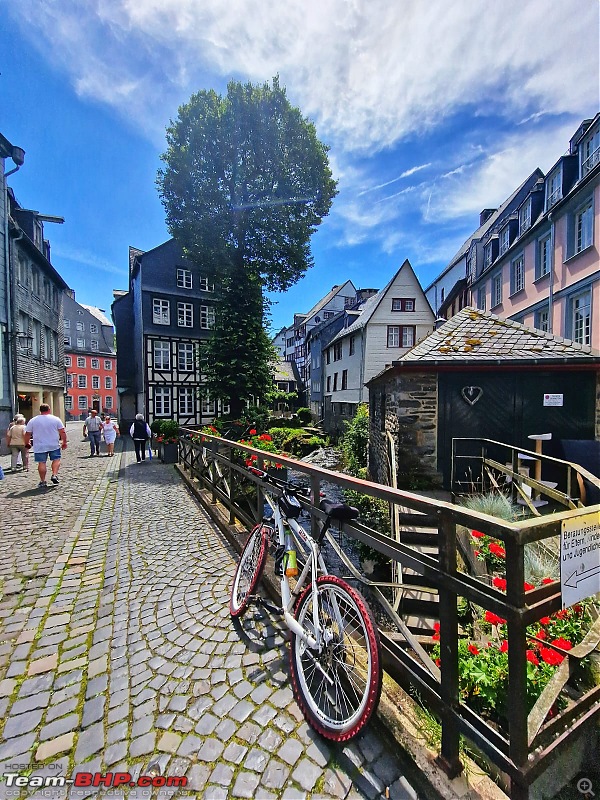
The bad part is that our first stage was by far the toughest since we were starting at the lowest point on the route. The first 40 kms is just a constant uphill slope till you reach the beautiful hill station of Monschau. After this point, the next 50 odd kms are predominantly flat with small uphill & downhill stretches.
We took breaks every 15 kms or whenever we saw an interesting view or artifact. This route is steeped in WW2 history.
World War 2 History:
The infamous Battle of the Bulge was fought exactly along this route. The Battle of the Bulge, also known as the Ardennes Offensive, was the last major German offensive campaign on the Western Front during the Second World War which took place from 16 December 1944 to 25 January 1945. It was launched through the densely forested Ardennes region between Belgium and Luxembourg.

As you ride, you see many remnants of the war in the form of bullet-riddled bunkers, railway stations that acted as shelters for soldiers, and historic signage.
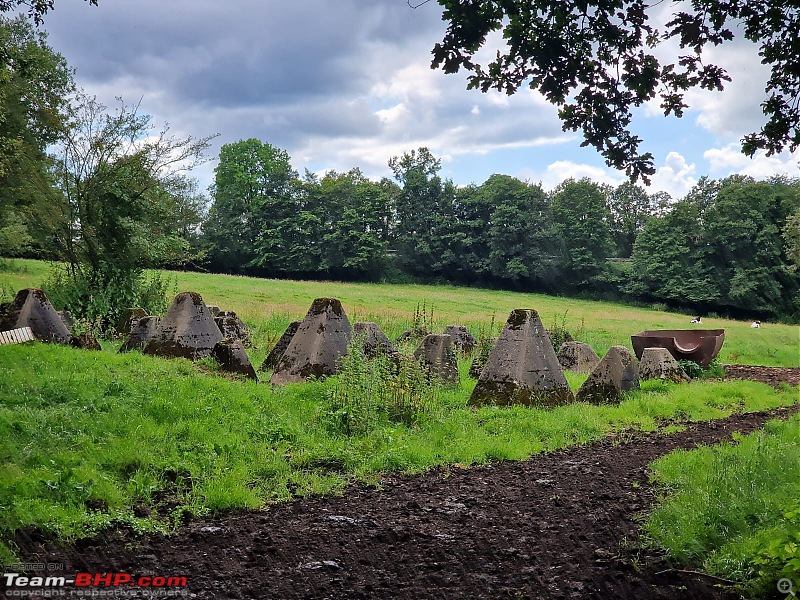
Apart from this, you can also see the Dragon's teeth or the Siegfried line which is a long stretch of multiple rows of cement triangles that poke out of the ground which were built by the Germans as the last line of defense.
Continued:
We started at 8.30 am in the morning and reached our hostel in Sankt Vith at 5:30 pm. Around 6 hours of moving time & 3 hours of breaks including lunch. All of us were quite sore but in good spirits. We had a nice dinner and settled down to watch the Euros with our fellow companions in this youth hostel.
The next day we started back at 10-30 am after a good night's rest and reached home by 6.30 pm. The last 40 km were like a soothing balm to our tired legs as we sat on the seats and covered the distance while barely having to pedal. When we reached back home, our GPS showed we had done only 98 kms. Motivated to reach the three-figure mark, we rode in circles next to our building for 2 kms and stopped at 100.1 kms. 190 kms in two days was a huge achievement for us and we managed to celebrate with whatever energy we had left.
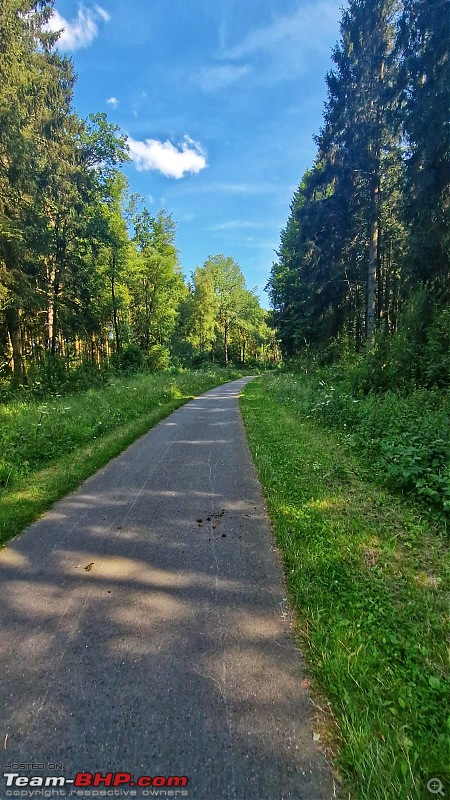
Concluding Notes:
The entire route is extremely safe, well-signposted, and has mile markers. There are shuttles available on some days on which you can put your bike and travel back if needed. Emergency services are easily accessible and never do you feel worried or lost.

For all the tbhpians who love cycling, I can only say good things about this route that passes streams, hills, forests, and quaint train bridges. I can only think about the next time I can ride on this wonderful piece of infrastructure.
It has a very well-designed website that shows you the different stages of the route along with sightseeing opportunities and accommodation options nearby the route.

Cheers
Sauravpat
Check out BHPian comments for more insights and information.



